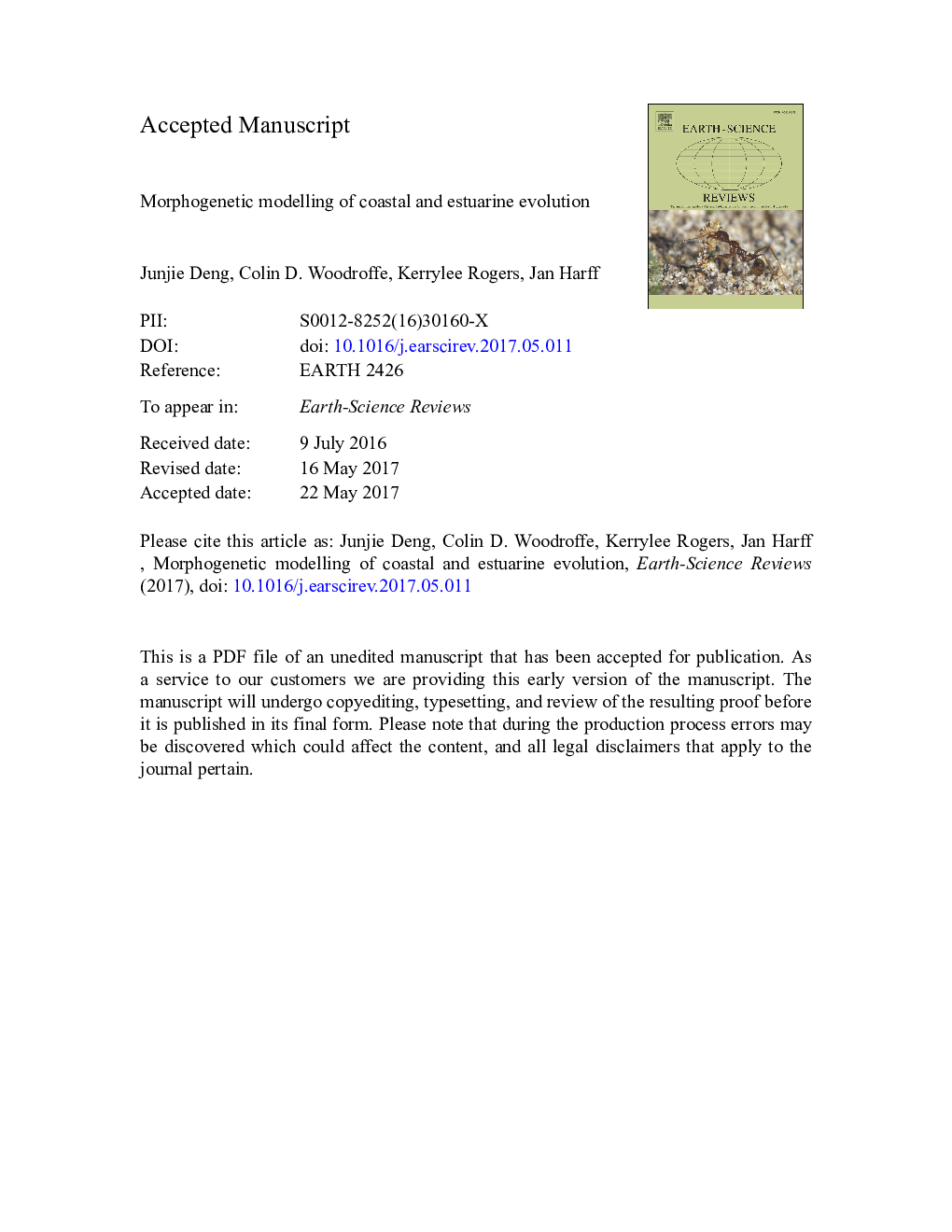| Article ID | Journal | Published Year | Pages | File Type |
|---|---|---|---|---|
| 5785085 | Earth-Science Reviews | 2017 | 64 Pages |
Abstract
Environmental pressures from climate change and anthropogenic activities have increased the need for quantitative morphogenetic models of coasts and estuaries. These quantitative models enable geoscientists to explain and forecast coastal and estuarine morphogenetic processes. Reducing model (predictive) uncertainties requires increasing awareness and reconsideration of common fundamental principles upon which existing models have built. Based on a review of most of the existing morphogenetic models applicable on open oceanic coasts and in estuaries, we use the Exner equations to clarify the potential of individual models. Fundamental coastal and estuarine behaviours, and cautions required when implementing the models, are also discussed on the basis of the Exner equations. Major differences between and difficulties with these models are in the derivation and computation of vertical and horizontal sediment fluxes; these can be even more complicated in estuaries than on open coasts because it is more important to consider estuarine systems in three dimensions and to account for a wider range of grain sizes. In addition, estuaries typically experience more complex interplay between physical and ecological processes as well as connections with both hinterland and the open coast. Tackling these difficulties requires more observational data to derive increasingly reliable parameterizations of sediment fluxes. Future model development and application across a range of spatial-temporal scales should be based on the Exner equations, modified to suit local coastal and estuarine settings, and incorporating natural complexities and hierarchical landform features.
Related Topics
Physical Sciences and Engineering
Earth and Planetary Sciences
Geology
Authors
Junjie Deng, Colin D. Woodroffe, Kerrylee Rogers, Jan Harff,
